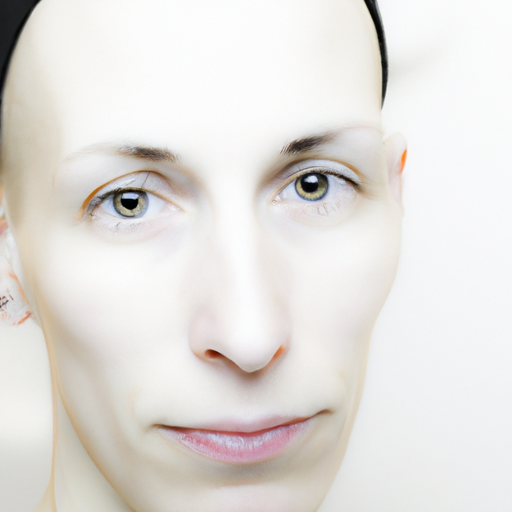As a dermatologist, I have seen the quest for the proverbial “Fountain of Youth” become increasingly popular over the years. This pursuit is driven by the desire to maintain a youthful appearance, and it has led to the development of various anti-aging treatments. These treatments range from topical creams and oral supplements to more invasive procedures such as laser treatments and injectables.
The skin, being the largest organ in the body, is often the first to show signs of aging. Wrinkles, fine lines, age spots, and loss of elasticity are common indicators. However, aging is not just skin deep. It also affects the underlying tissues, including the muscles and bones, which can lead to sagging and changes in facial contours.
Topical treatments are often the first line of defense against aging. Retinoids, derived from vitamin A, have been proven to reduce fine lines and wrinkles by increasing the production of collagen, the protein responsible for skin elasticity. Antioxidants such as vitamin C, E, and green tea extract help protect the skin from damage caused by free radicals, unstable molecules that can accelerate aging. Peptides, small proteins that stimulate collagen production, are also commonly used.
Oral supplements have also gained popularity in recent years. Collagen supplements, for instance, are believed to boost the body’s natural collagen production. However, their effectiveness is still a topic of debate among scientists.
For those seeking more dramatic results, there are various procedures available. Laser treatments, such as Fraxel and IPL (Intense Pulsed Light), work by creating controlled damage to the skin, which stimulates the body’s healing response and promotes new collagen formation. Chemical peels remove the outermost layer of the skin to reveal fresher, younger-looking skin underneath.
Injectables like Botox and dermal fillers are also widely used. Botox works by temporarily paralyzing the muscles responsible for wrinkles, while fillers replace lost volume in the face, reducing the appearance of lines and wrinkles.
More recently, non-invasive treatments such as Ultherapy and Thermage have emerged. These treatments use ultrasound and radiofrequency technology, respectively, to heat the deeper layers of the skin, stimulating collagen production and resulting in a lifting and tightening effect.
It’s important to note that while these treatments can help mitigate the signs of aging, they cannot completely stop the aging process. Moreover, their effectiveness varies from person to person, depending on factors such as genetics, lifestyle, and overall health.
Aging is a natural process, and there’s beauty in growing older. However, if you choose to pursue anti-aging treatments, it’s crucial to do so under the guidance of a qualified professional. Always consult with a dermatologist or a cosmetic surgeon who can provide personalized advice based on your skin type, concerns, and goals.
In conclusion, the “Fountain of Youth” may not exist in the literal sense, but modern science and technology have given us a plethora of options to maintain our youthful appearance. Whether you choose to age naturally or seek assistance from anti-aging treatments, remember that true beauty comes from within and is reflected in our confidence, grace, and wisdom.




